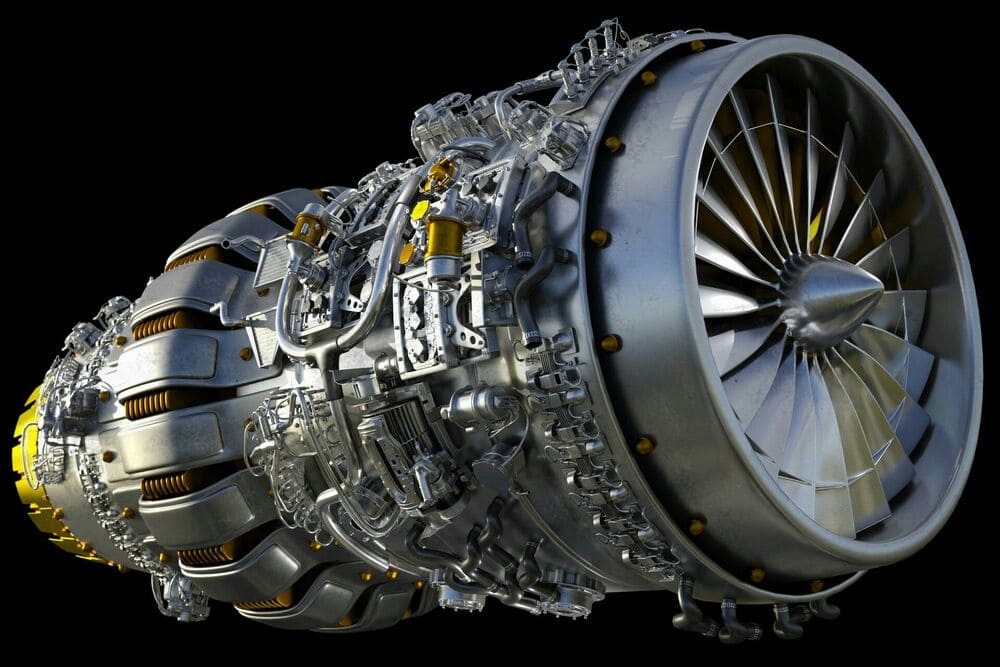Advances in space propulsion systems have significantly enhanced our capabilities for exploring the cosmos. These advancements encompass a wide range of technologies, each offering unique benefits for different types of missions. Here’s an overview of some of the most notable developments in recent years:
Chemical space propulsion
1. Cryogenic rocket engines:
- Increased efficiency: new designs have improved the efficiency and performance of cryogenic engines, which use liquefied gases such as liquid hydrogen and liquid oxygen.
- Reusability: modern engines like SpaceX’s Raptor and Blue Origin’s BE-4 are designed for multiple uses, drastically reducing the cost per launch.
2. Solid rocket boosters:
- Enhanced thrust: improvements in solid propellant formulations have increased the thrust and reliability of these boosters, as seen in the upgraded versions used in NASA’s Space Launch System (SLS).
Electric space propulsion
1. Ion thrusters:
- Extended missions: ion thrusters, like those used in NASA’s Dawn mission, provide continuous low-thrust propulsion, enabling long-duration missions with high efficiency.
- Advanced designs: developments in Hall-effect thrusters and gridded ion thrusters are increasing their power and efficiency.
2. Electrospray propulsion:
- Micro and nano satellites: this technology is ideal for small satellites, offering precise control with low power consumption. Companies like Accion Systems are pioneering these systems.
Nuclear space propulsion
1. Nuclear Thermal Propulsion (NTP):
- High efficiency: NTP systems, which heat a propellant like hydrogen using a nuclear reactor, offer significantly higher efficiency compared to chemical rockets. This could reduce travel time to Mars by half.
- Ongoing research: NASA and DARPA are actively researching and developing NTP systems, with the aim of demonstrating a working system in the near future.
2. Nuclear Electric Propulsion (NEP):
- Long-duration missions: NEP systems use a nuclear reactor to generate electricity, which then powers an electric propulsion system. This combination can provide continuous propulsion for deep space missions.
Advanced propulsion concepts
1. Solar sails:
- Propellant-free: solar sails use the pressure of sunlight to propel a spacecraft. The Planetary Society’s LightSail projects have demonstrated the feasibility of this technology for small payloads.
- Scalability: research is ongoing into larger and more efficient sails for potential interstellar missions.
2. Magnetic and plasma propulsion:
- VASIMR (Variable Specific Impulse Magnetoplasma Rocket): this engine uses radio waves to ionize and heat a propellant, which is then expelled to produce thrust. It offers adjustable specific impulse, making it versatile for various mission profiles.
- Magnetoplasmadynamic Thrusters (MPD): these thrusters use electromagnetic fields to accelerate ionized gas, providing high thrust and efficiency for potential deep space missions.
Emerging technologies
1. Fusion propulsion:
- Future potential: fusion propulsion, while still in the experimental stage, promises high specific impulse and thrust. Concepts like the Direct Fusion Drive (DFD) are being researched for potential applications in human space exploration.
2. Antimatter propulsion:
- Long-term possibilities: antimatter propulsion remains theoretical but could provide unmatched energy efficiency and thrust. Current research focuses on producing and storing sufficient quantities of antimatter for practical use.
The landscape of space propulsion is rapidly evolving, driven by both governmental space agencies and private companies. Each advancement brings us closer to achieving more ambitious space exploration goals, from crewed missions to Mars to interstellar probes. The continued development and integration of these advanced propulsion systems will be crucial for the future of space exploration, enabling humanity to reach farther and explore more than ever before.


